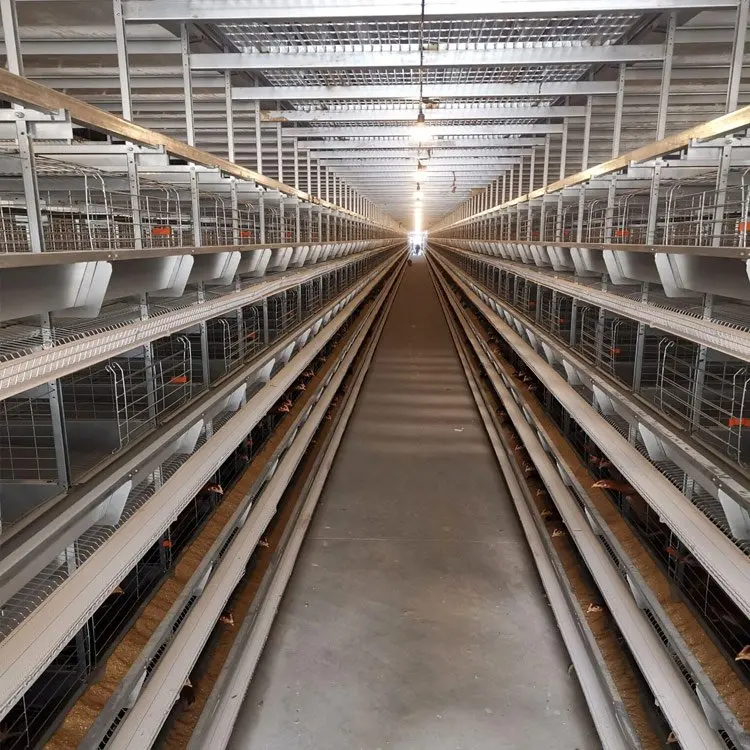fish feed pellet machine
Dec . 06, 2024 17:38 Back to list
fish feed pellet machine
The Importance of Fish Feed Pellet Machines in Aquaculture
In recent years, aquaculture has emerged as a promising solution to meet the increasing global demand for seafood. As the global population continues to grow, the need for sustainable and efficient fish farming practices has never been more critical. One of the key components of successful aquaculture operations is high-quality fish feed, and this is where fish feed pellet machines come into play.
What are Fish Feed Pellet Machines?
Fish feed pellet machines are specialized equipment designed to produce pellets from various feed ingredients. These machines utilize advanced technology to grind, mix, and extrude raw materials into uniform, high-nutrition pellets that cater to different fish species. The production process generally involves several stages, including ingredient selection, grinding, mixing, pelletizing, and cooling.
Benefits of Using Fish Feed Pellet Machines
1. Enhanced Nutrition Fish feed pellet machines allow for precise control over ingredient composition, ensuring that the feed meets the nutritional needs of different fish species. By formulating feed with the right balance of proteins, fats, carbohydrates, vitamins, and minerals, farmers can promote healthy growth and improve fish health.
2. Improved Feed Conversion Ratio Pelleted feed is easier for fish to consume due to its uniform size and shape. This facilitates better digestion and nutrient absorption, resulting in a higher feed conversion ratio (FCR). An efficient FCR means that fish can grow faster while consuming less feed, leading to cost savings for the aquaculture business.
3. Reduced Waste and Environmental Impact High-quality fish feed pellets produce less waste compared to traditional feed forms such as flakes or powders. By minimizing feed wastage, fish farmers can reduce the environmental impact of their operations, helping to maintain water quality and supporting sustainable aquaculture practices.
4. Customization and Formulation Fish feed pellet machines offer flexibility in feed formulation. Farmers can customize feed recipes according to the specific requirements of their fish, taking into account factors like species, age, and growth stage. This tailored approach not only enhances growth rates but also ensures optimal health and productivity.
5. Enhanced Shelf Life Pellets produced by fish feed pellet machines typically have a longer shelf life than traditional feed. The extrusion process used in pelletization helps to kill pathogens and deactivate anti-nutritional factors, resulting in a more stable product. This is particularly beneficial for fish farmers, as it allows them to store feed for extended periods without deterioration.
The Production Process
fish feed pellet machine

The process of producing fish feed pellets using fish feed pellet machines generally involves the following steps
1. Ingredient Selection Selection of high-quality raw materials such as fish meal, soybean meal, corn, and vitamins is crucial for producing nutritious feed.
3. Mixing Ground ingredients are mixed thoroughly, along with fats and other additives, to achieve a homogeneous blend.
4. Pelletizing The mixture is fed into the fish feed pellet machine, where it is subjected to heat and pressure, forming pellets through a die.
5. Cooling and Drying After pelletizing, the pellets are cooled and dried to reduce moisture content, preventing spoilage and ensuring easier storage.
Choosing the Right Fish Feed Pellet Machine
When selecting a fish feed pellet machine, farmers should consider several factors, including production capacity, energy efficiency, and the specific needs of their aquaculture operation. Machines come in various sizes and configurations, so it is important to choose one that fits the scale of your production.
Conclusion
In conclusion, fish feed pellet machines play a vital role in modern aquaculture. By enabling the production of high-quality, customized feed, these machines contribute to improved fish health, sustainability, and economic viability of fish farming operations. As the demand for seafood continues to rise, investing in efficient fish feed production technology will be essential for aquaculture businesses striving to meet consumer needs while promoting environmental stewardship. As the industry evolves, embracing innovative solutions such as fish feed pellet machines will help secure the future of sustainable seafood production.
-
Hot Sale 24 & 18 Door Rabbit Cages - Premium Breeding Solutions
NewsJul.25,2025
-
Automatic Feeding Line System Pan Feeder Nipple Drinker - Anping County Yize Metal Products Co., Ltd.
NewsJul.21,2025
-
Automatic Feeding Line System Pan Feeder Nipple Drinker - Anping County Yize Metal Products Co., Ltd.
NewsJul.21,2025
-
Automatic Feeding Line System - Anping Yize | Precision & Nipple
NewsJul.21,2025
-
Automatic Feeding Line System - Anping Yize | Precision & Nipple
NewsJul.21,2025
-
Automatic Feeding Line System-Anping County Yize Metal Products Co., Ltd.|Efficient Feed Distribution&Customized Animal Farming Solutions
NewsJul.21,2025






